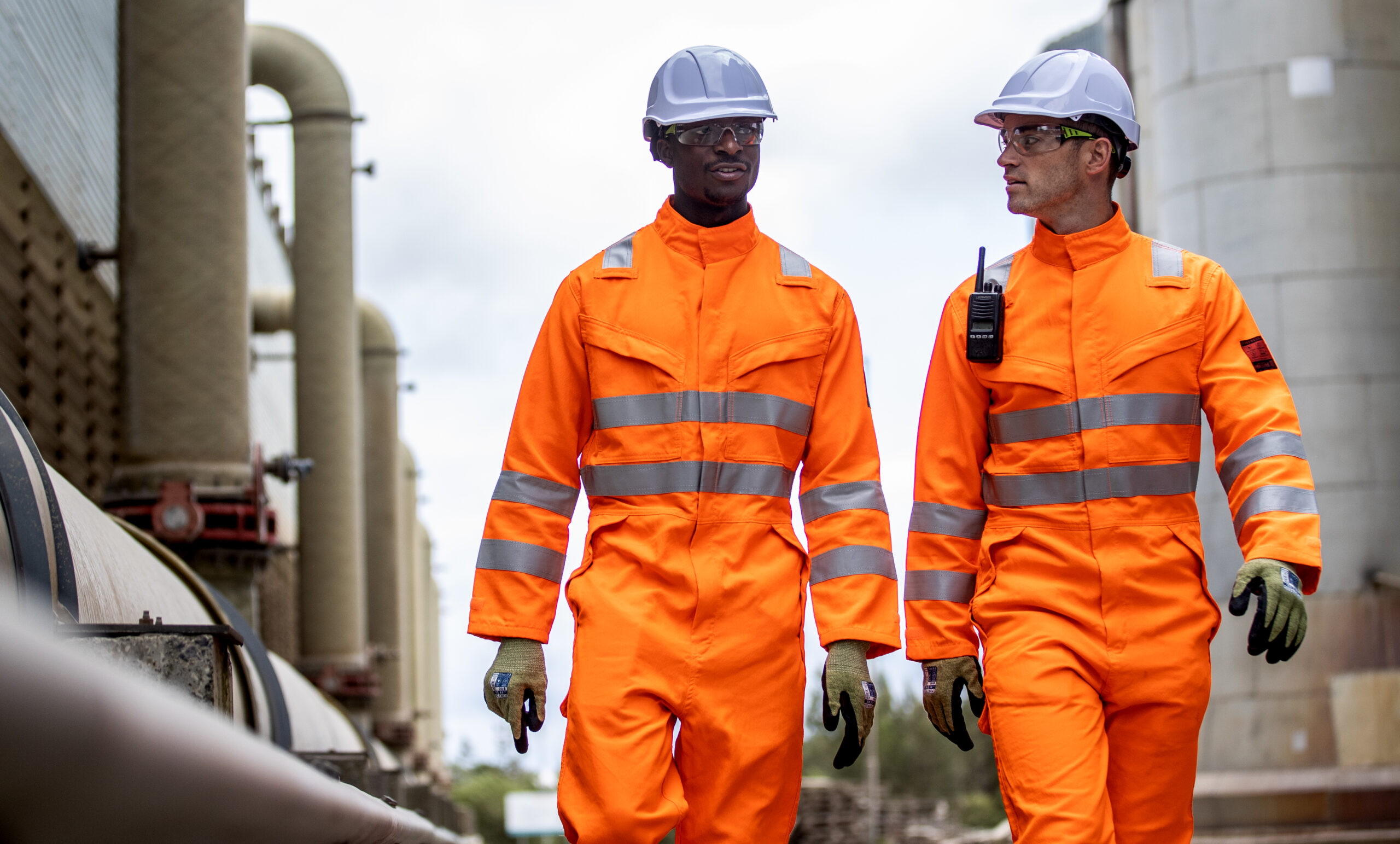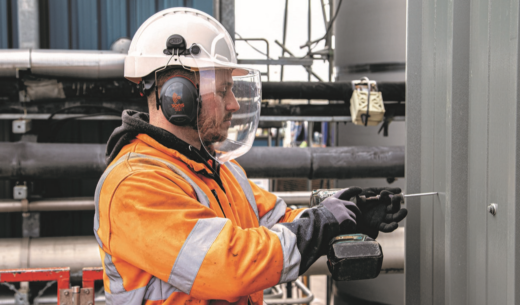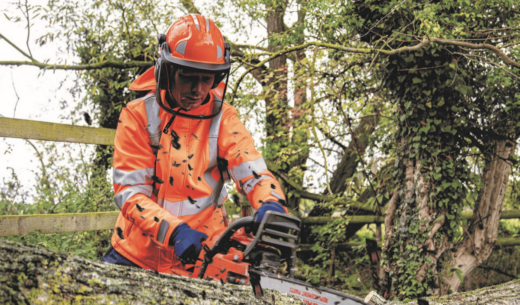The Importance of Fabric Selection for Protective Clothing
In the realm of workplace safety, it is important to understand the role of fabric choice in enhancing the safety and productivity of workers. Understanding fabric composition, weave, and finish is important in creating garments that ensure both safety and comfort. As intuition would indicate, if a garment is comfortable, withstands the rigours of the work environment and allows for greater freedom of movement, workers are more likely to wear it consistently and, consequently, comply with the established safety protocols.
Various fabric compositions are employed in the production of protective clothing. These can range from 100% natural fibres, such as cotton, to polyester cotton blends, or entirely synthetic choices like polyester and nylon. Each material offers distinct advantages.
- Cotton: Fabrics made from 100% cotton are known for their softness, breathability, and comfort. In some cases, cotton is combined with various fibres such as polyester to improve strength, minimise wrinkles, or introduce stretchiness.
- Polyester Cotton Blends: This fabric is created through the fusion of polyester and cotton fibres, capitalising on the favourable characteristics of each. Polyester lends durability, wrinkle resistance, and colour retention, while cotton introduces breathability, softness, and moisture absorption. The resulting polycotton fabric aims to strike a balance between the comfort of cotton and the practical benefits of polyester.
- Polyester: Fabrics crafted from polyester are recognised for their strength, resistance to wrinkles, and rapid drying capabilities. Combining polyester with different fibres can enhance breathability, comfort, and the overall drape of the material.
- Elastane: Elastane is frequently combined with various fibres (such as cotton, polyester, viscose) to impart stretchiness and elasticity to fabrics.
- Nylon: Nylon is a synthetic polymer, is recognised for its robustness, durability, and resistance to abrasion. It possesses a lightweight nature and a smooth texture.
fabric weave
Fabric Weave refers to the specific way in which the threads or yarns are interlaced to create a textile or cloth. The weave pattern determines the structure and appearance of the fabric. The choice of weave can affect the fabric’s strength, drape, texture, and appearance, making it an essential factor in the characteristics of the final product.
- Cotton: Fabrics made from 100% cotton are known for their softness, breathability, and comfort. In some cases, cotton is combined with various fibres such as polyester to improve strength, minimise wrinkles, or introduce stretchiness.
- Polyester Cotton Blends: This fabric is created through the fusion of polyester and cotton fibres, capitalising on the favourable characteristics of each. Polyester lends durability, wrinkle resistance, and colour retention, while cotton introduces breathability, softness, and moisture absorption. The resulting polycotton fabric aims to strike a balance between the comfort of cotton and the practical benefits of polyester.
- Polyester: Fabrics crafted from polyester are recognised for their strength, resistance to wrinkles, and rapid drying capabilities. Combining polyester with different fibres can enhance breathability, comfort, and the overall drape of the material.
- Elastane: Elastane is frequently combined with various fibres (such as cotton, polyester, viscose) to impart stretchiness and elasticity to fabrics.
- Nylon: Nylon is a synthetic polymer, is recognised for its robustness, durability, and resistance to abrasion. It possesses a lightweight nature and a smooth texture.
fabric finishes
Fabric finishes involve the application of chemical or mechanical treatments to enhance the appearance, performance, or durability of fabrics.
Enhancements come in the form of:
- Water or Water/Oil Repellents – a Durable Water Repellent (DWR) is a coating added to fabrics to make them repel water and/or water and oil, keeping garments cleaner for longer.
- Anti-bacterial/Anti-Microbial – such finishes help to prevent the build up of odours.
- Flame Resistant (FR) – Garments can be treated with an FR finish to protect against Heat and Flame, these garments are then certified to the relevant FR standard.
- Chemical Resistant – Garments can be treated with a Chemical Resistant finish, these garments are then certified to the relevant chemical standard.
- Anti-static – Garments can have an anti-static finished applied and be certified for use in situations requiring anti-static clothing.
- UV Resistant – UV protective finished fabric provides protection from UV rays. The fabrics are tested to show their UPF level.
- Moisture Wicking – this finished draws moisture away from the skin, keeping the wearer cool, dry and comfortable.








